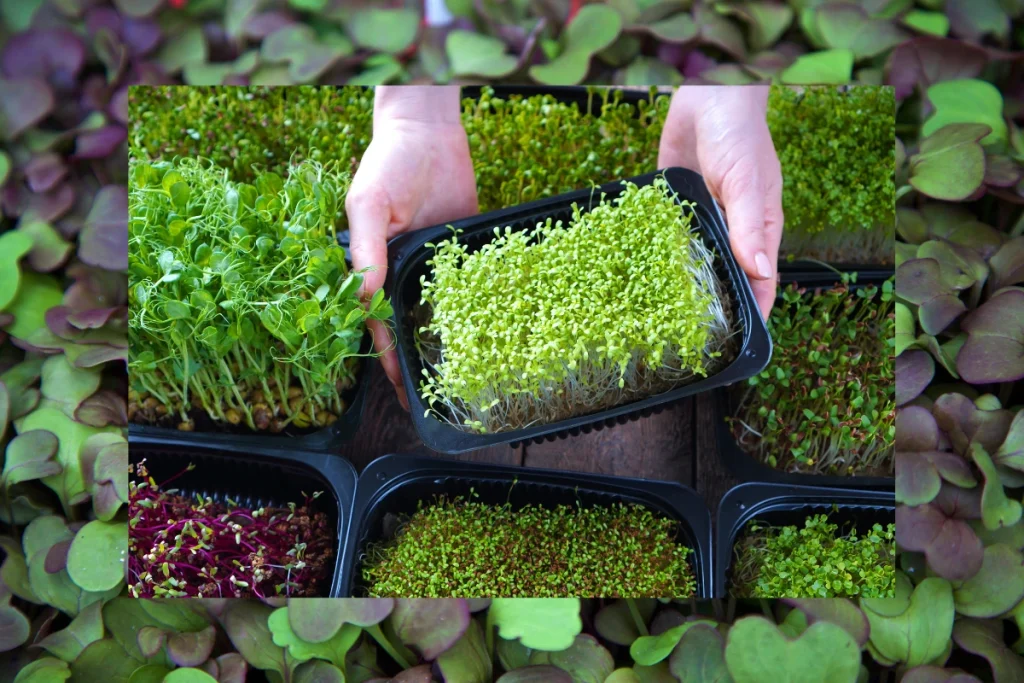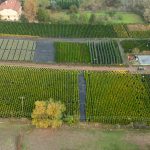Are you a small farmer eager to maximize your land’s potential? Imagine transforming your fields into a thriving source of income with crops that offer more than just a modest return.
High-yield crops can be your ticket to a more sustainable and profitable farming venture. By choosing the right crops, you can boost your productivity and enhance your financial stability. In this guide, you’ll discover the top 10 high-yield crops that promise to revolutionize your farming experience.
Whether you’re looking to increase your profits or make your farm more resilient, these crops could be the game-changer you’ve been searching for. Dive in to learn how you can make the most of your efforts and watch your farm flourish like never before!
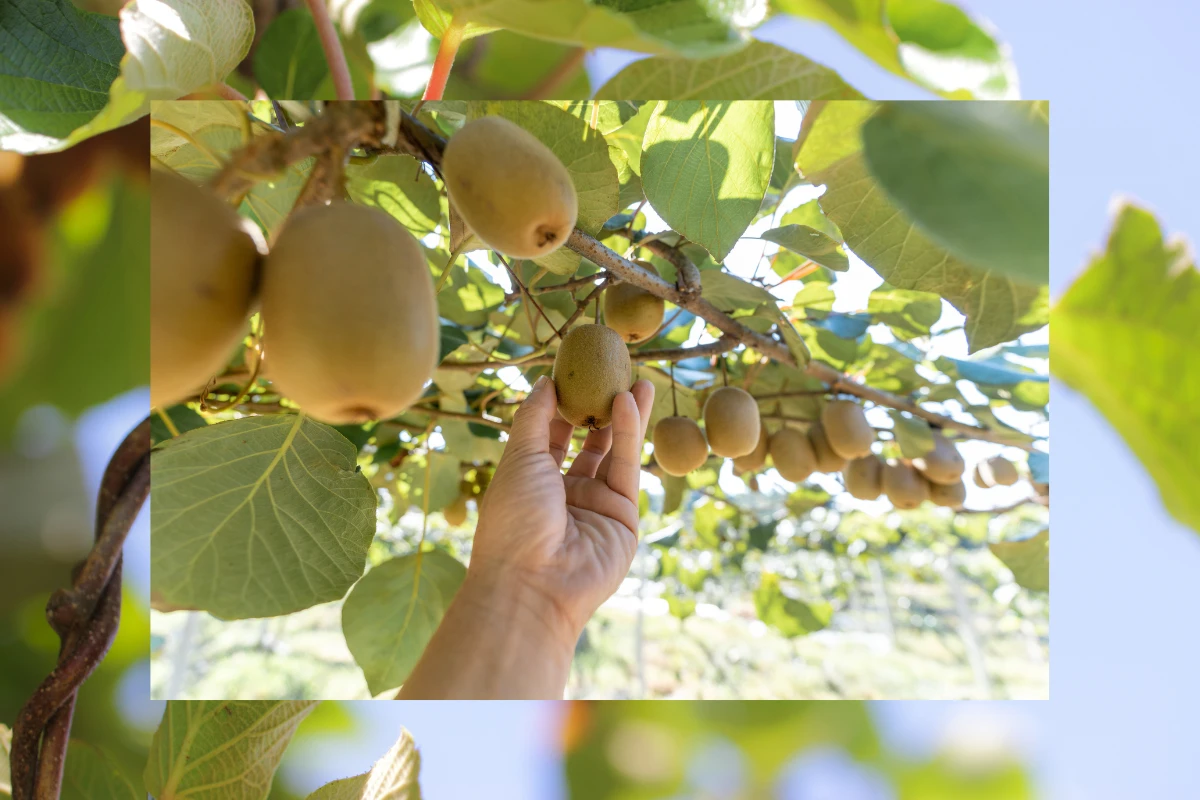
High-yield Crop Selection
Exploring high-yield crops can boost small farmers’ productivity. Corn, potatoes, and tomatoes offer excellent yields and market demand. Beans and carrots are also reliable choices for maximizing profits and ensuring food security.
Choosing the right crops can make a huge difference in your farm’s success. High-yield crops are essential for small farmers who want to maximize their land’s potential. Selecting these crops involves considering factors like climate, soil conditions, and market demand. It’s not just about growing plants; it’s about making smart choices that bring you the best returns. Let’s dive into some of the top high-yield crops that could be game-changers for your farm.Tomatoes
Tomatoes are a favorite for many small farmers due to their versatility. They can be grown in various climates and have a high market demand. Imagine the satisfaction of seeing vibrant red fruits flourishing in your garden. They’re also relatively easy to manage, making them a practical choice for beginners.Potatoes
Potatoes offer a high yield and are a staple in many diets worldwide. Their resilience to different soil types makes them ideal for small farms. Picture yourself harvesting a bountiful crop that keeps your customers coming back for more. Potatoes are a safe bet for consistent returns.Bell Peppers
Bell peppers are not just colorful; they’re also profitable. They thrive in warm climates and are popular in many cuisines. Envision a field full of bright peppers ready for the market. Their appeal goes beyond taste, providing excellent value for small farmers.Cucumbers
Cucumbers are fast-growing, allowing for multiple harvests in a season. They’re in demand for salads and pickling, making them a lucrative option. Think about the efficiency of a crop that keeps producing with minimal effort. Cucumbers could be your ticket to a thriving farm.Sweet Corn
Sweet corn is a summer favorite that attracts customers with its sweetness. It’s a high-yield crop that does well in various climates. Imagine the joy of seeing rows of corn standing tall under the sun. Sweet corn can be a profitable addition to your crop lineup.Lettuce
Lettuce grows quickly and is a staple in many diets, making it a reliable choice. It thrives in cooler climates, offering flexibility in planting seasons. Visualize a lush green field ready for harvest in just a few weeks. Lettuce provides a fast turnover with steady demand.Carrots
Carrots are hardy and offer a high yield with proper care. They’re popular for their nutritional value, ensuring consistent sales. Picture yourself pulling vibrant orange roots from the earth. Carrots can be a rewarding crop that brings satisfaction and profit.Zucchini
Zucchini is known for its prolific nature, producing abundant fruit throughout the season. It’s versatile in cooking, leading to strong market demand. Imagine a garden full of zucchini plants that seem to multiply overnight. This crop can be a reliable source of income.Spinach
Spinach is nutrient-rich and grows quickly, making it a smart choice for small farmers. It can be harvested multiple times, providing ongoing returns. Think about the efficiency of a crop that offers both health benefits and profitability. Spinach can be your green gold.Strawberries
Strawberries are a high-value crop with strong consumer appeal. They require more care but offer excellent returns. Picture yourself selling baskets of fresh, sweet strawberries at a local market. It’s a rewarding crop that can elevate your farm’s profile. Choosing the right crops can transform your farming experience. Each of these options offers unique benefits that align with different needs. Consider your climate, market, and personal preferences when making your decision. What crops resonate with your vision for a thriving farm?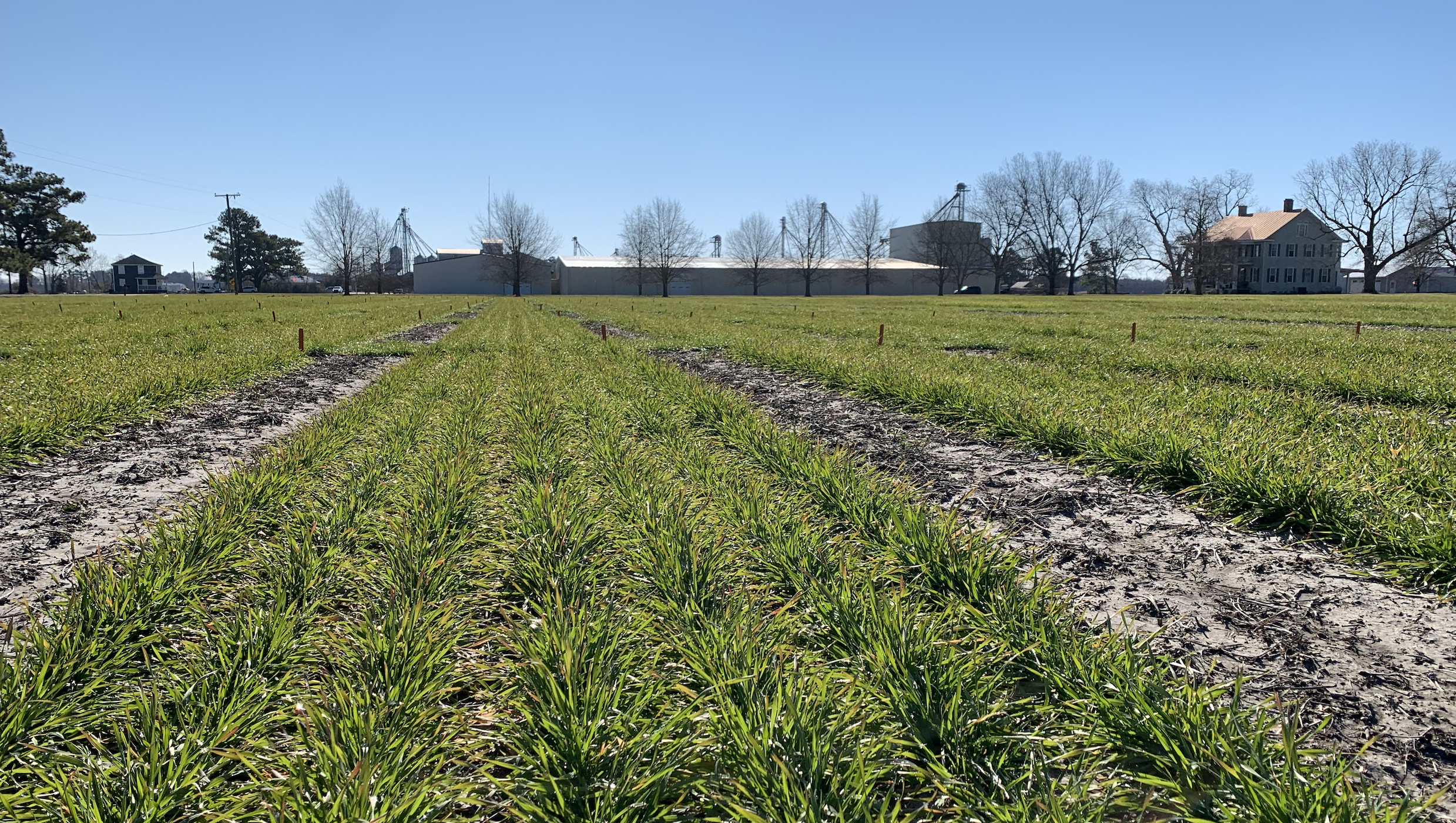
Benefits Of Diversification
Small farmers face many challenges in agriculture. Diversification offers a solution to these challenges. By growing different crops, farmers reduce risks and increase income. This method stabilizes income by spreading the risk of crop failure. Each crop has different needs, growing cycles, and harvest times. Diversification helps manage resources better and maximizes the use of land.
Benefits Of Risk Management
Diversification protects farmers from unpredictable weather and market changes. If one crop fails, others can succeed. This safety net helps farmers maintain a steady income. Different crops can also have varying resilience to pests and diseases.
Improved Soil Health
Planting varied crops enriches the soil with nutrients. Different plants contribute different nutrients back to the soil. This cycle enhances soil health and fertility. It also reduces the need for chemical fertilizers.
Economic Stability
Growing multiple crops ensures a year-round income stream. Different crops have different harvest times. This means income flows consistently. Farmers face less financial stress and can plan better for the future.
Market Opportunities
Offering diverse products attracts more buyers. Farmers can tap into different markets and customer bases. This can lead to better prices and sales opportunities. A varied product range meets different consumer demands.
Resource Optimization
Different crops use water and nutrients at different rates. This optimizes the use of available resources. It ensures that no resource is overused or wasted. Efficient resource use reduces costs and promotes sustainability.
Environmental Benefits
Diverse crops promote a balanced ecosystem. They attract beneficial insects and improve biodiversity. This natural balance reduces the need for pesticides. It contributes to a healthier environment.
Increased Knowledge And Skills
Diversification requires learning about different crops. This expands a farmer’s knowledge and skills. It prepares them for future agricultural challenges. A well-rounded farmer is more resilient and adaptable.
Community Support
Diverse farming practices can support local food systems. It encourages community-supported agriculture and local markets. This strengthens community ties and supports local economies.
Adaptation To Climate Change
Varied crops can adapt better to changing climate conditions. Diverse farming systems are more resilient to climate impacts. They provide a buffer against unpredictable weather patterns.
Personal Satisfaction
Working with a variety of crops can be rewarding. It provides a sense of accomplishment and pride. Farming becomes more interesting and less monotonous. It enriches the farming experience on a personal level.
Market Demand And Trends
Understanding market demand and trends is crucial for small farmers. It guides crop selection and maximizes profits. Knowing what consumers want helps farmers make informed decisions. This section explores key market trends shaping high-yield crop choices.
Consumer Preferences
People are choosing organic and locally sourced produce. This shift increases demand for certain crops. Farmers growing organic vegetables find new opportunities. The preference for fresh, local produce drives market trends.
Health Conscious Choices
Health awareness is influencing consumer decisions. Vegetables rich in nutrients are gaining popularity. Kale, spinach, and broccoli are in high demand. Small farmers benefit by growing these high-yield crops.
Seasonal Variations
Crops with year-round demand offer stability. Yet, seasonal crops can yield high profits. Understanding seasonal trends helps in planning crop cycles. Farmers can capitalize on peak demand periods.
Global Influences
Global culinary trends affect local markets. Exotic fruits and vegetables are becoming popular. Small farmers can tap into these trends. Offering unique produce can attract diverse customer bases.
Technological Impact
Technology enhances crop production efficiency. Innovative farming techniques boost yields. Small farmers use technology to meet market demand. Automation and smart farming tools are shaping future trends.
Environmental Concerns
Consumers prefer sustainable farming practices. Eco-friendly crops are in demand. Farmers adopting green methods see increased interest. Environmental awareness is influencing market choices.
Economic Factors
Economic conditions affect crop prices. Inflation and trade policies impact demand. Small farmers must stay informed. Adapting strategies according to economic trends is essential.
Local Market Dynamics
Local market conditions shape crop demand. Farmers must understand regional preferences. Growing crops popular in local markets boosts sales. Tailoring crop choices to community needs is beneficial.
Demographic Shifts
Population changes affect food preferences. Younger generations favor diverse diets. Farmers can explore new crops to meet these shifts. Understanding demographic trends aids in strategic planning.
Climate Change Effects
Climate impacts crop viability. Adapting to changing weather patterns is vital. Selecting resilient crops can ensure stable yields. Farmers must consider climate trends in crop selection.
Sustainable Practices For Profit Maximization
Sustainable practices play a vital role in profit maximization for small farmers. These methods ensure that the land remains fertile for future crops. By adopting sustainable practices, farmers can maintain soil health and boost yields. This approach not only benefits the environment but also enhances profitability.
Small farmers often face challenges with limited resources. Sustainable practices offer solutions to maximize those resources. They help in reducing costs and increasing crop yields. Let’s explore some key practices that can lead to better profits.
1. Crop RotationCrop rotation improves soil health and reduces pest issues. Different crops use different nutrients. Rotating crops helps balance nutrient levels in the soil. It also prevents the buildup of pests and diseases. This practice can lead to healthier crops and higher yields.
2. CompostingComposting turns organic waste into valuable fertilizer. It enriches the soil and boosts plant growth. Composting reduces the need for chemical fertilizers. This makes it an eco-friendly and cost-effective option. It enhances soil structure and promotes healthy crop development.
3. Integrated Pest Management (IPM)IPM uses natural methods to control pests. It combines biological, cultural, and mechanical tactics. These methods reduce the need for chemical pesticides. IPM focuses on long-term pest prevention. It protects crops and the environment.
4. Cover CroppingCover crops protect and enrich the soil between growing seasons. They prevent erosion and improve soil fertility. Cover crops fix nitrogen in the soil. This reduces the need for synthetic fertilizers. They also suppress weed growth and enhance biodiversity.
5. Water ConservationEfficient water use is crucial for sustainable farming. Techniques like drip irrigation conserve water. They deliver water directly to plant roots. This minimizes evaporation and waste. Water conservation practices ensure crops receive adequate moisture.
6. AgroforestryAgroforestry integrates trees with crops and livestock. Trees provide shade and wind protection. They enhance biodiversity and improve soil health. This practice increases land productivity. It offers multiple income streams for farmers.
7. Soil TestingRegular soil testing identifies nutrient deficiencies. It guides farmers in effective fertilizer use. By knowing soil needs, farmers can apply precise amounts. This leads to better crop growth and reduced waste.
8. MulchingMulching conserves soil moisture and controls weeds. It reduces the need for frequent watering. Mulch decomposes and adds organic matter to the soil. This improves soil structure and fertility.
9. Precision FarmingPrecision farming uses technology to optimize resource use. It involves satellite imagery and sensors. These tools help monitor crop health and soil conditions. Precision farming increases efficiency and reduces costs.
10. Organic FarmingOrganic farming avoids synthetic chemicals. It relies on natural fertilizers and pest control. This method enhances soil fertility and biodiversity. Organic products often fetch higher market prices.
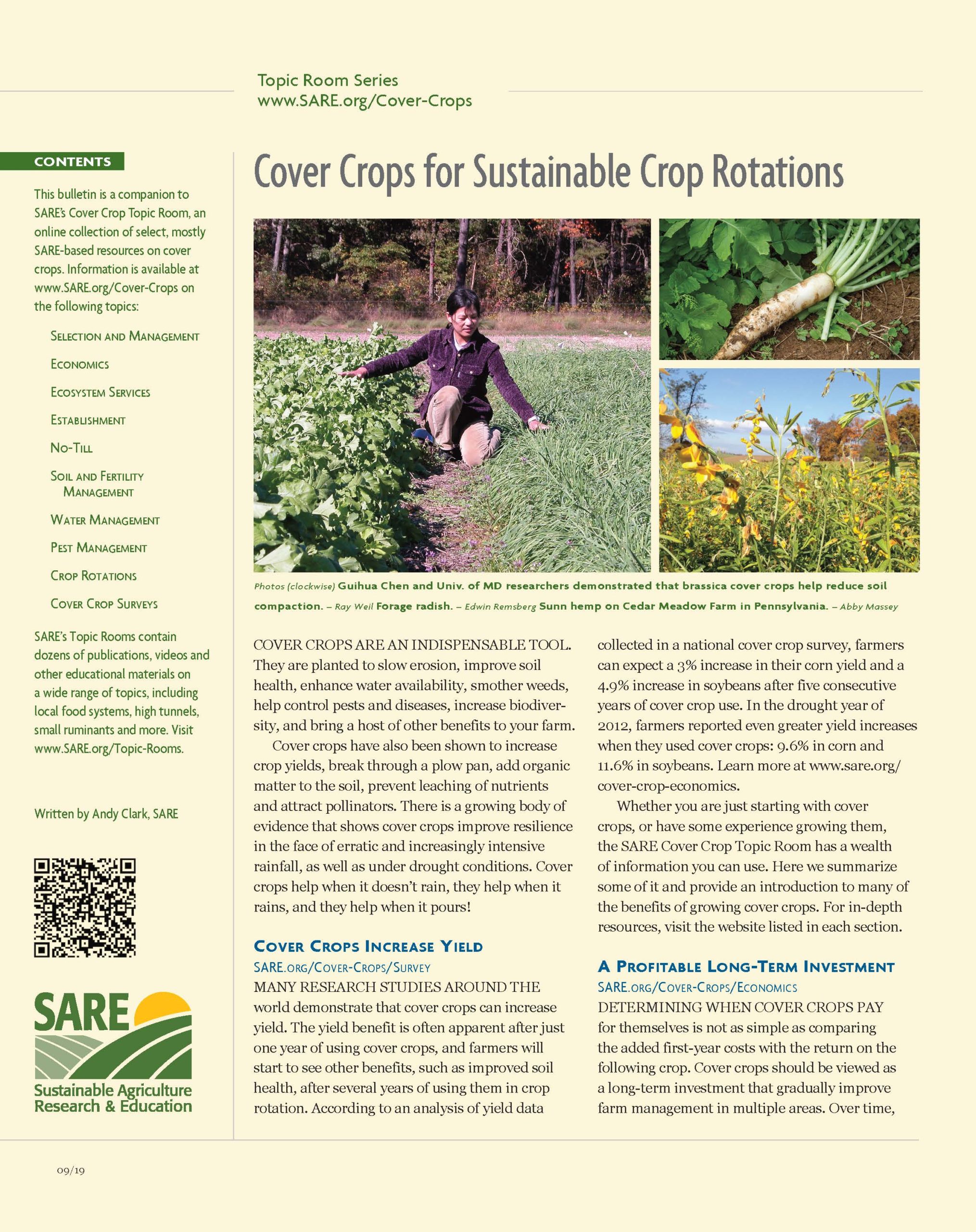
Conclusion
Choosing high-yield crops boosts a small farm’s success. These crops require less space, yet provide more produce. Ideal for maximizing limited resources. They help farmers increase profits and sustain their livelihood. Try different crops and see what works best. Remember, local climate and soil matter.
Experiment with the top choices to find the right fit. Small changes can lead to big benefits. Keep learning and adapting. Your farm’s success is within reach. Stay informed and keep growing. Happy farming!

